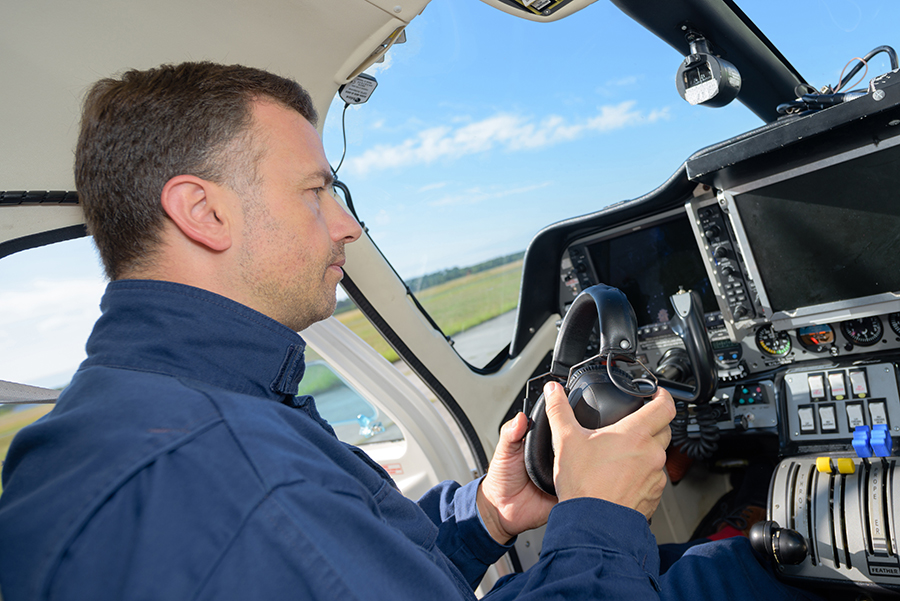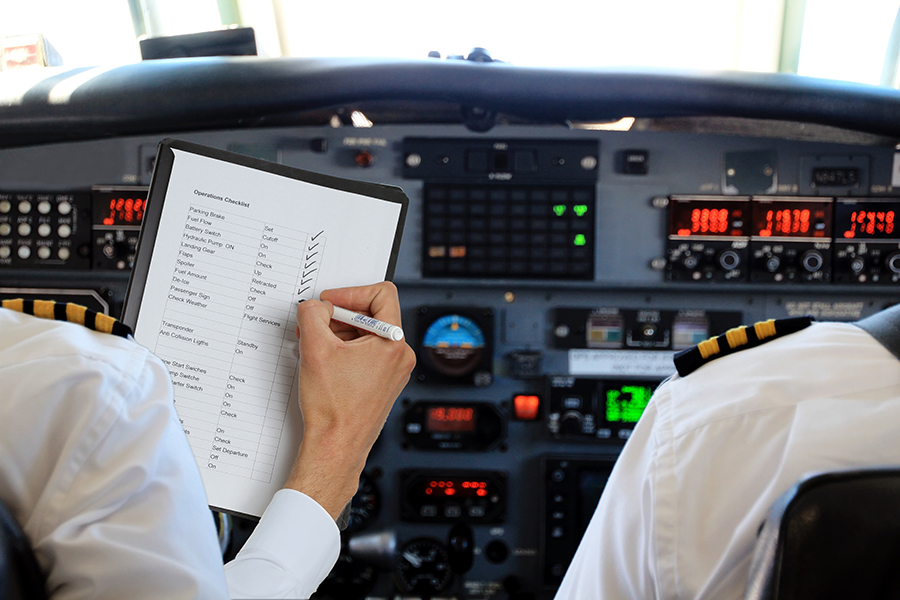Propeller-driven aircraft experience four left-turning tendencies that cause an unintended left turn or yaw. As a pilot, you need to be aware of and understand these left-turning tendencies to avoid a situation where the aircraft makes a change in attitude that you don’t expect.
If you anticipate and account for these four tendencies, the aircraft will maintain its attitude. If you do not anticipate these tendencies, you may find yourself in an uncomfortable (and possibly dangerous) situation.
This article will clearly explain the four left-turning tendencies and how to counteract them effectively.
The four left-turning tendencies are Slipstream, Gyroscopic Precession, P-Factor, and Torque.
Slipstream
The slipstream created behind the propeller of an aircraft is displaced into a corkscrew pattern, meaning the slipstream does not blow directly backward but “spirals”. This spiraling slipstream has the unintended consequence of striking (the technical term is “impinging”) the vertical stabilizer (i.e., rudder) on the left side, which creates subsequent yaw to the left.
This effect is most noticeable during low-speed high-power stages as flight, such as takeoff, where the propeller’s spiraling slipstream is most significant compared to the total airflow over the vertical stabilizer.
As total airflow over the vertical stabilizer increases compared to the propeller’s slipstream, this effect is reduced. In other words: If airspeed is increased and RPM setting is maintained, the slipstream effect will decrease.
How to Counteract This Effect
The spiraling slipstream effect can be counteracted by using right rudder input. For example, the slipstream effect (and subsequent yaw) will increase when increasing power, and therefore simultaneous rudder input must be applied. When you increase power, slowly increase right rudder input, and vice versa.
Propeller Gyroscopic Precession
The properties of a gyroscope apply to any spinning disc, and the aircraft’s spinning propeller is no exception.
A gyroscope has two primary properties: rigidity in space and precession. The exact mechanisms of how they function are beyond the scope of this article, but a simplified summary of precession is required to understand this tendency.
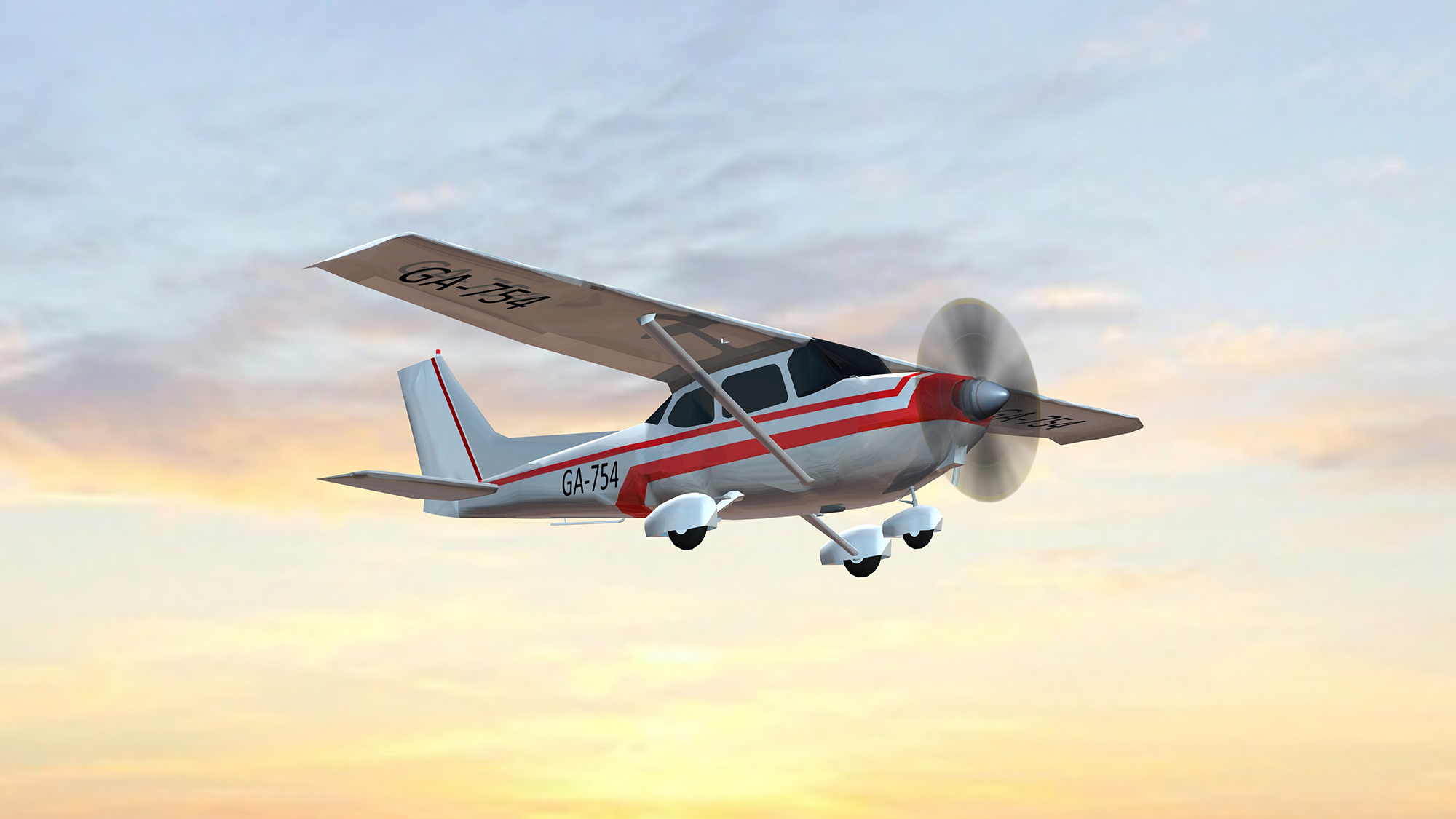
Precession causes a force applied to the propeller to only be felt 90 degrees from the location of where the force is being applied, in the direction of rotation.
In other words, if a propeller experiences a force in the 12 o’clock position, and the propeller is spinning in a clockwise direction, the force will only be felt in the 3 o’clock position.
This force is only significantly relevant in the case of tailwheel aircraft during takeoff, where the rising of the aircraft’s tail causes a force to be applied to the top of the propeller. This force then precesses and is only felt on the right side of the propeller (when viewed from the cockpit), which causes a yawing tendency to the left.
This effect also occurs when raising or lowering the aircraft’s nose but is insignificant under normal circumstances.
How to Counteract This Effect
During takeoff in a tailwheel aircraft, anticipate the yaw to the left when the tail rises from the ground. When the tail rises, increase right rudder input.
When flying in flight, apply rudder input as required if you notice the aircraft yawing to the right when raising the nose or yawing to the left when lowering the nose.
P-Factor
P-Factor, also known as asymmetric loading, results from the descending blade experiencing a higher Angle of Attack (AoA) than the upgoing blade. In other words, the blade of the propeller that is descending will displace a larger amount of air when compared to the upgoing blade.
When viewed from the cockpit, this results in a greater force being produced on the right (descending) blade compared to the left (upgoing) blade. This causes subsequent yaw to the left.
How to Counteract This Effect
This effect is only noticeable at high angles of attack, such as those experienced during slow flight or takeoff and when taking off in a tailwheel airplane.
Regardless of when the p-factor is experienced, right rudder input will be required as needed to maintain attitude.
Torque
The torque effect is another byproduct of the clockwise rotation of the aircraft’s propeller when viewed from the cockpit.
According to Newton’s third law that states “for every action, there is an equal and opposite reaction,” the clockwise rotation of the aircraft’s propeller causes an opposite reaction in an anti-clockwise direction, which causes the aircraft to roll to the left during flight.
On the ground, the torque effect causes increased friction on the left landing gear of an aircraft (due to the roll to the left), and this causes the aircraft to yaw to the left.
How to Counteract This Effect
The torque effect is not particularly noticeable during flight unless power is increased quickly at low airspeeds and high angles of attack. To counteract the left roll effect, use right aileron input as required.
On the ground, and particularly during takeoff, the combination of slipstream and torque effects cause significant yaw to the left. This yaw to the left must be anticipated, and the right rudder must be applied as power is increased.
Multi-Engine Aircraft
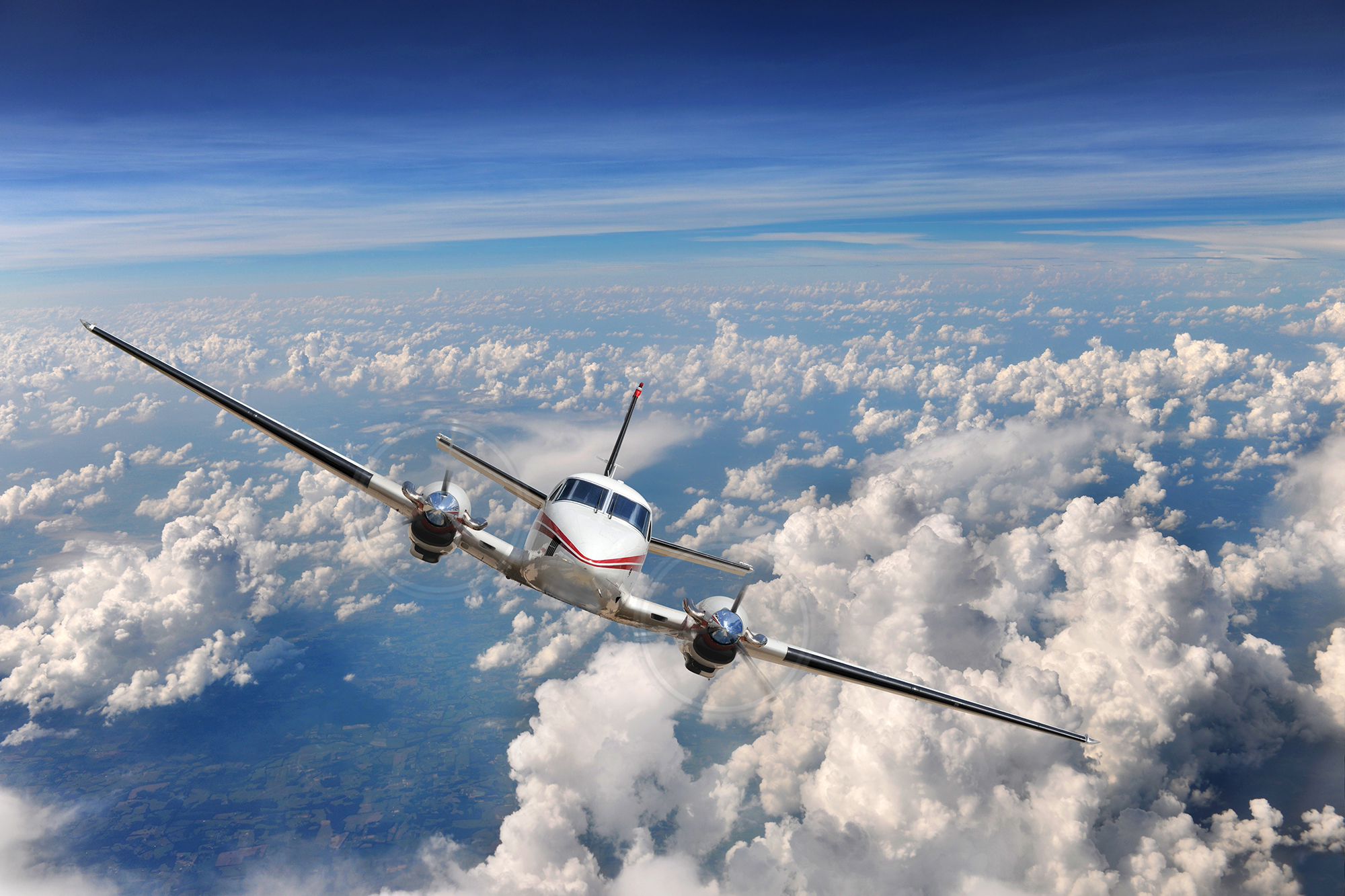
Propeller-driven multi-engine aircraft are either conventional or non-conventional.
In conventional multi-engine aircraft, the propellers on both engines rotate clockwise when viewed from the cockpit. This causes the same left-turning tendencies as experienced by single-engine propeller aircraft.
In non-conventional multi-engine aircraft, the propellers on each engine rotate in opposite directions. Therefore, the propeller on the left rotates in a clockwise direction, and the propeller on the right rotates in an anti-clockwise direction (when viewed from the cockpit). This has the added benefit of effectively canceling out some of the left-turning tendencies.
Conclusion
Here is a summary of the four left-turning tendencies and their corrective actions:
- Slipstream:
- Add power – right rudder required.
- Reduce power – left rudder required.
- Propeller Gyroscopic Precession:
- Tailwheel aircraft:
- Tail rises during takeoff – right rudder required.
- Tailwheel aircraft:
- P-Factor:
- Right rudder input is required as needed, such as during flight at low speeds and high angles of attack.
- Torque:
- On the ground:
- Add power – right rudder required.
- Reduce power – left rudder required.
- In the air:
- Right aileron when increasing power if the left roll is experienced (usually not significant).
- On the ground:
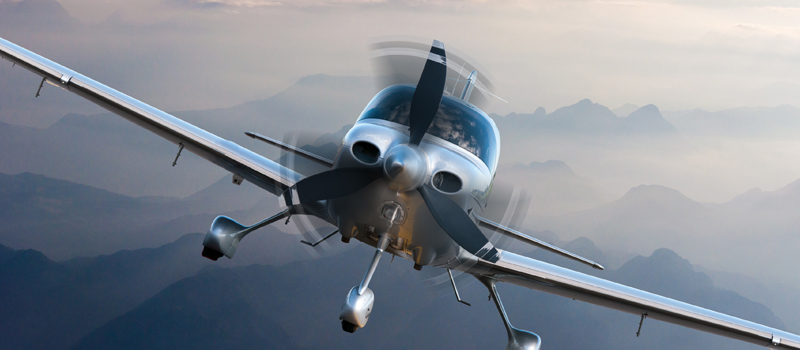
 @pilotinstituteairplanes
@pilotinstituteairplanes
